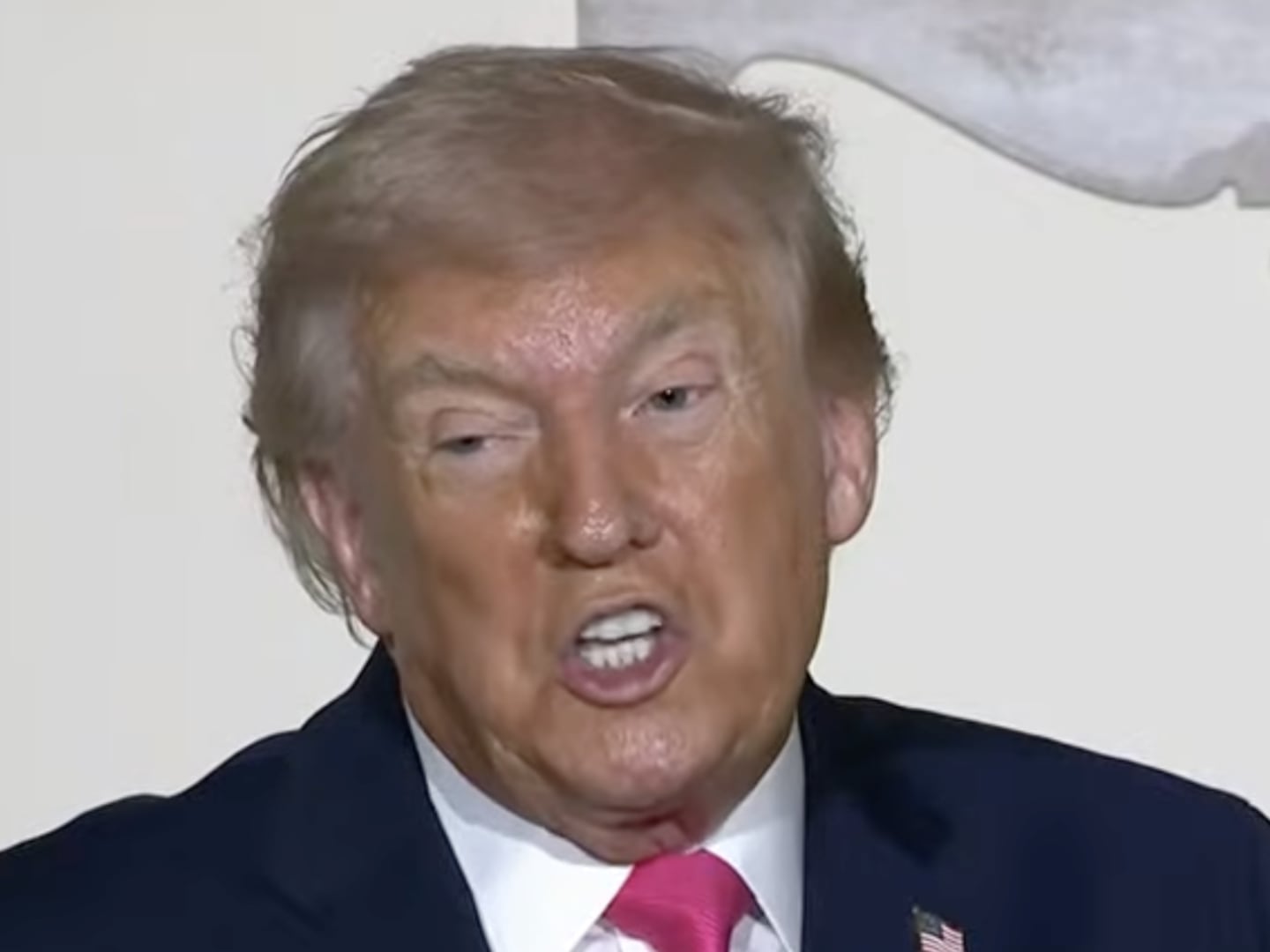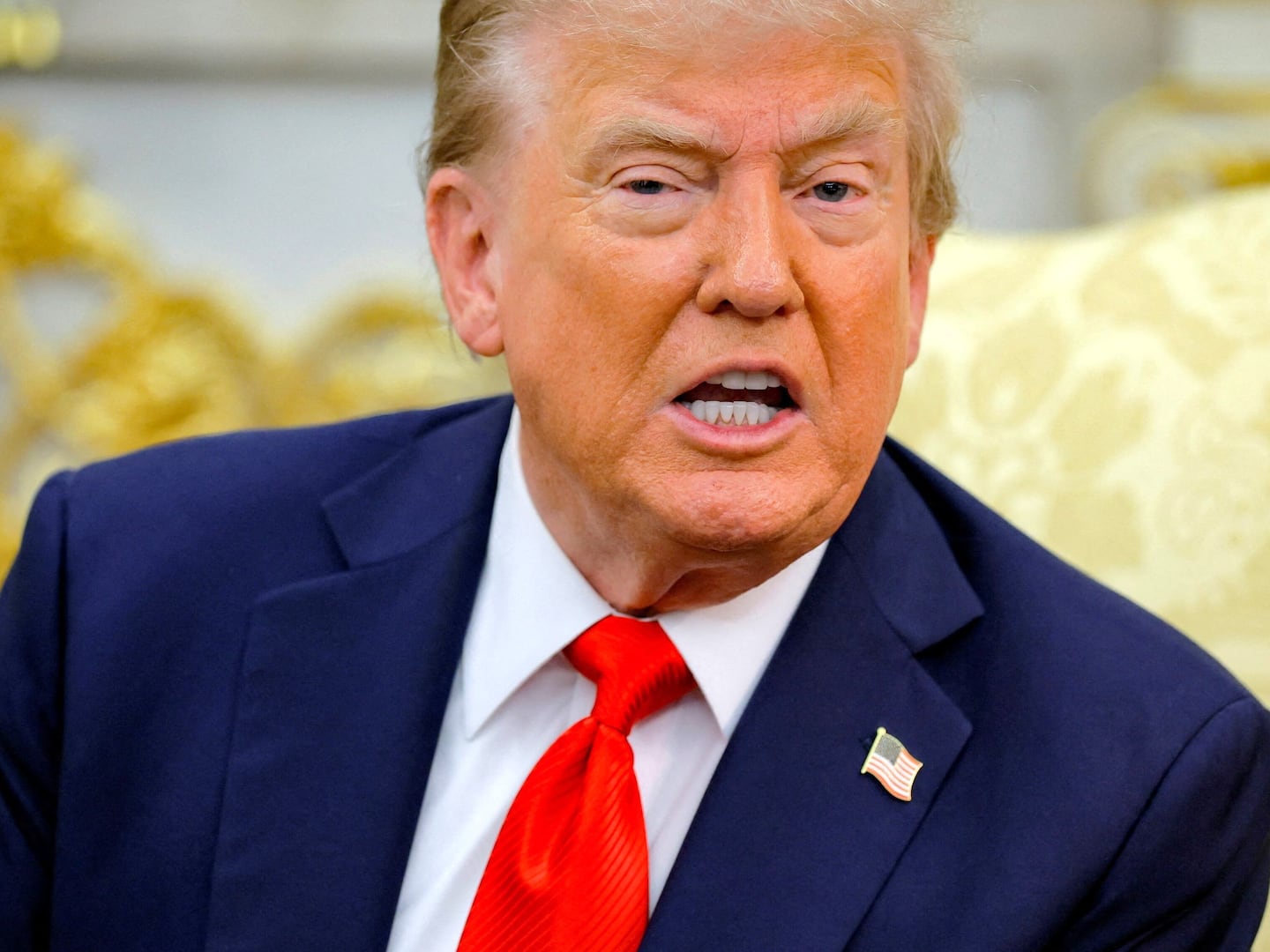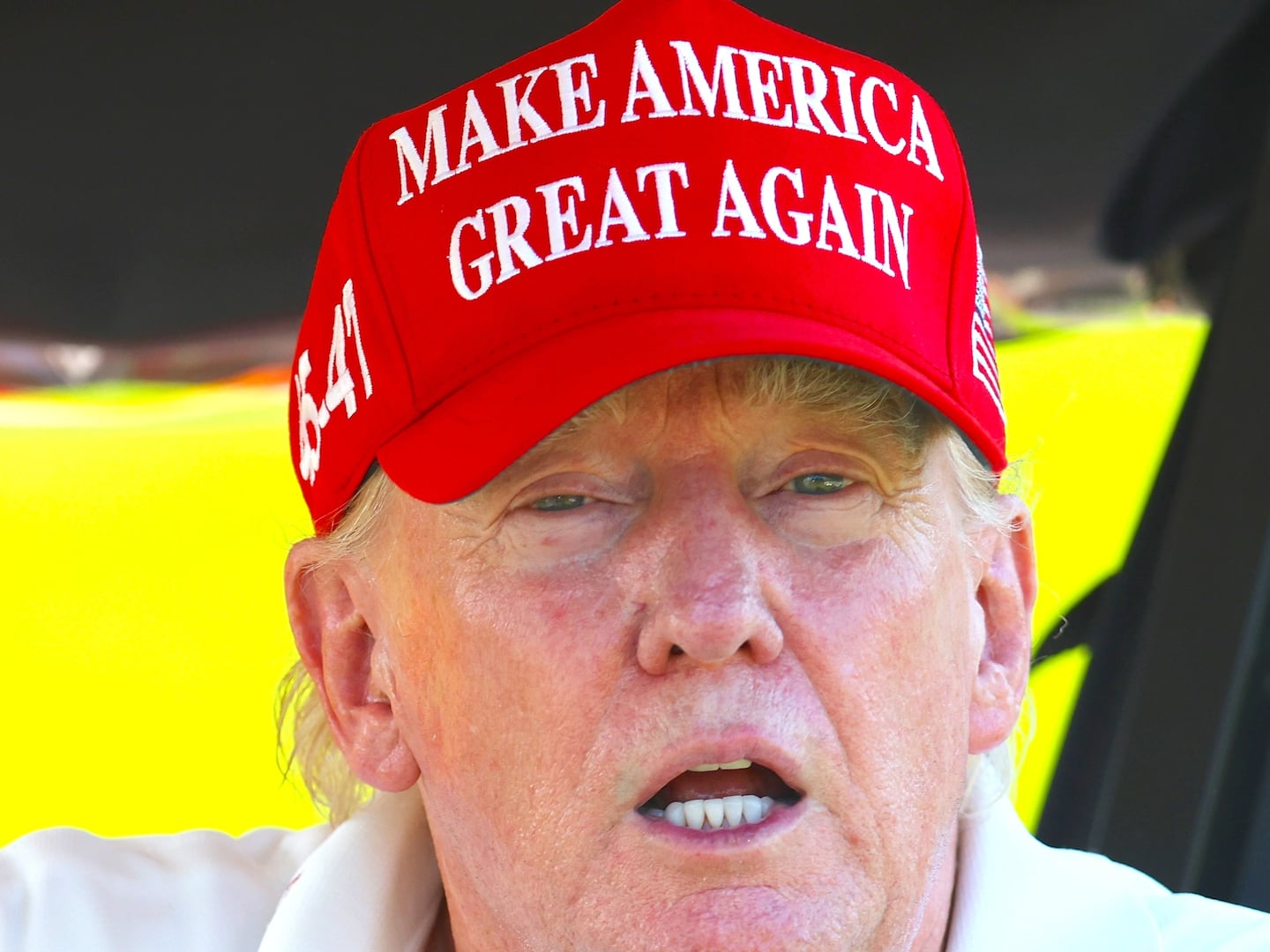
Goldman Sachs quickly denied reports Monday that it would be doling out record-setting bonuses for 2009, but The Guardian’s story had already likely served its purpose.
Forget the populist kvetching about Wall Street windfalls and the need to reform compensation. The only thing Wall Street cares about is bonuses and the only thing Goldman cares about is having the biggest ones. And that is something about which its troops around the world needed reminding after the past 18 months of financial tremors.
“The guys at Goldman are still feared because they’re evil,” one Chicago trader told me. “But the mystique they had is gone.”
Back in the late 1980s, according to firm lore, Bob Rubin would tell young Goldman Sachs trainees they had one goal: not to get fired. The message was the firm was such a great place—it was still private back then—that if you could just hang on, you’d end up rich and successful. Leave and, well, you never know what will happen.
And now, less than a week after the firm was among 10 to pay the U.S. government back its TARP bailout loot, the world hears whispers that come February, the Goldman boys will be seeing checks even bigger than a few years back when chief Lloyd Blankfein got $53 million.
It could very well be another message to the troops: Stick with Goldman and you’ll be taken care of. And, of course, a tip to see how far Capitol Hill will go to regulate compensation and bonuses.
The voodoo economics The Guardian used to support the record bonus story is that while overall Wall Street revenues have fallen, so has the number of firms that share in the bounty.
Well, sure. That doesn’t necessarily mean it will show up in the bonus pool, and besides, it’s still relatively early in the year to be projecting bonuses—especially with the stock market falling out of bed every morning for the past week or so.
Granted, Goldman had a terrific first quarter. Its fixed income and commodities unit notched record revenues and the entire firm’s net revenues topped $9.4 billion while profits topped $1.8 billion. Its shares are up more than 80 percent over the past six months.
The firm, as it usually does, has played its hand almost perfectly since the crisis began. It leveraged its ties to Washington, D.C., extracted itself from bigger AIG trouble by demanding cash from the teetering insurance giant before it came tumbling down, and let others make the mistakes of, say, buying Merrill Lynch.
But there are big issues surrounding Goldman. It has lost talent; needed to become a bank holding company to get enough TARP cash to stay out of trouble; and, according to Monday’s New York Post, lost its spot as the top U.S. deal-making firm to John Mack’s Morgan Stanley.
Things have changed for Wall Street and for Goldman in a way that may render its old bag of tricks less helpful. In a letter to Washington lawmakers last week, Goldman boss Blankfein apologized for the firm’s role in the meltdown and wrote that “real stability can return only if our industry accepts that certain practices were unhealthy and not in the long-term interests of individual institutions and the financial system, as a whole.”
That’s a very diplomatic thing for Blankfein to say, but it calls into question the essential way Goldman racked up those record years in the middle of this decade: by taking massive (and some would say unhealthy) risks with shareholders’ money. If the firm won’t be doing that at the same frenetic pace, or if the market turns against it again, those fat profits and bonuses won’t materialize.
It all adds up to the simple fact that Goldman’s no longer the paragon it was just five years ago. “The guys at Goldman are still feared because they’re evil,” one Chicago trader told me. “But the mystique they had is gone.”






